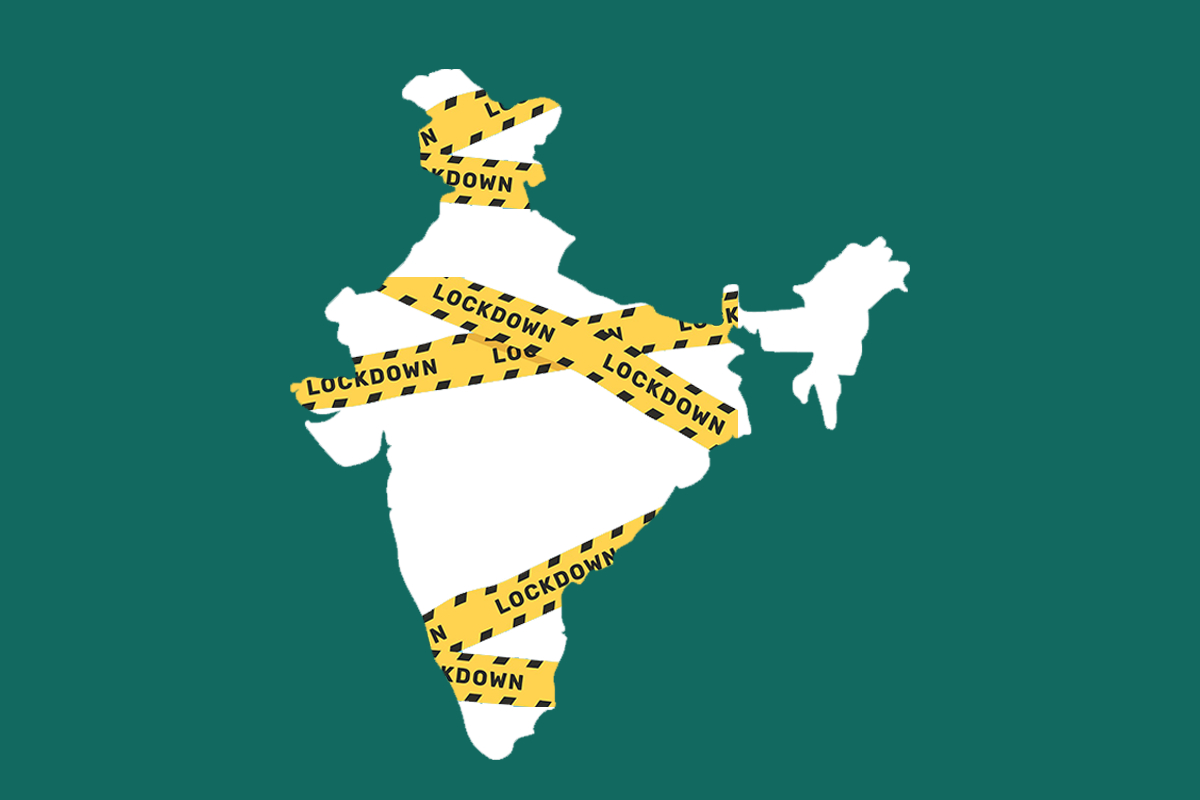
Lockdown 4.0 May Be Last Of Its Kind; Economic Revival Is Now Everybody’s Priority
by R JagannathanSnapshot
- We should see June as the transition month for a changeover from Lockdown 4.0 to Revival 1.0, with economic reopening being prioritised over Covid restrictions.
Unless all the smoke signals and newspaper headlines are wrong, Lockdown 4.0, due to end on 31 May, will be India’s final one in its fight against Covid-19. We should see June as the transition month for a changeover from Lockdown 4.0 to Revival 1.0, with economic reopening being prioritised over Covid restrictions.
Headlines in two economic dailies, The Economic Times and Mint, one optimistic and the other gloomier, tell us a part of the story. The former looks forward to a glass half-full and rapidly filling up, while the latter looks into the rear view mirror and the depressing economic forecasts being made by various research and economic analysts.
In The Economic Times (Bengaluru edition), the main headlines talk of two government panels wanting the lockdown lifted, the Civil Aviation Minister, Hardeep Puri, promising a return to pre-Covid levels of flights by Diwali, and Sharad Pawar of the Nationalist Congress Party saying Maharashtra – the epicentre of the pandemic in India – should open up.
The eight-column Mint lead headline says India is heading for its deepest recession yet, with most economic forecasts (by S&P, Fitch, Goldman Sachs, UBS) talking of a 5 per cent drop in gross domestic product (GDP) in fiscal 2020-2021. This takes forward the 28 May story that Crisil had projected a 25 per cent GDP contraction in the April-June quarter, and SBI Research putting it at a 40 per cent drop in the quarter.
Both the gloom and the optimism are actually telling the same story of a lockdown that is now counter-productive. The gloomy economic forecasts are warning the government that the lockdown cannot continue without damaging the economy even further. No political party will want that.
Thus, one can safely predict that June will be the month of substantial recalibration of the lockdown, with the restrictions being limited to a few cities, and to a few localities within those cities, and most economic activities being opened up with new protocols.
Since protocols and guidelines cannot really be enforced in a watertight manner in a grossly under-policed country like India, the chances are the lockdown will effectively end and the expected spike in Covid-19 cases being regarded as a nuisance we have to live with. It will be met with higher medical spends and more improvised cures and solutions.
State quarantine and extensive contact tracing will be replaced with home quarantines and higher testing, including by the use of pool samples. The idea of aggressive containment of the spread of Covid-19 is likely to die a quiet death, without this being stated openly.
The implications for the economy will thus be nothing like what the forecasters predict. Two months ago, I had predicted that India will see its first full-blown recession after 40 years this year, thanks to Covid-19 and the severe lockdown. I guessed that we will have at least two quarters of de-growth. This is roughly what the data-crunchers are now predicting.
However, here is what my crystal-ball is now showing.
After a sharp fall in the April-June quarter, the July-September quarter will show a sharp revival from the current quarter, thanks to a revival of pent-up demand. Anecdotally, in my own gated community in Bengaluru, I have seen a huge daily avalanche of packages arriving from not only Big Basket (ie, essentials), but also Flipkart and Amazon (mostly non-essentials, from laptops to other gadgets and products). The upper end of the consumer demand cycle is already in revival mode in end-May.
While July-September GDP growth might well show a decline over the comparable quarter of 2019-20, which reported 5.1 per cent growth, one should expect a sharper spike in the September-December 2020, January-March 2021 and April-June 2021 quarters, thanks partly to the base effect of lower growth this year.
Logically, the government could time its revival package sometime in the second quarter of this year to give growth and jobs a bigger boost.
In short, this is my forecast: a reasonable revival as pent-up demand resurfaces in the July-September quarter, followed by a sharper spike in the quarters after that, and a full recovery in the first half of 2021-2022.
The only rider: Covid-19 should not return in a more virulent form this winter.